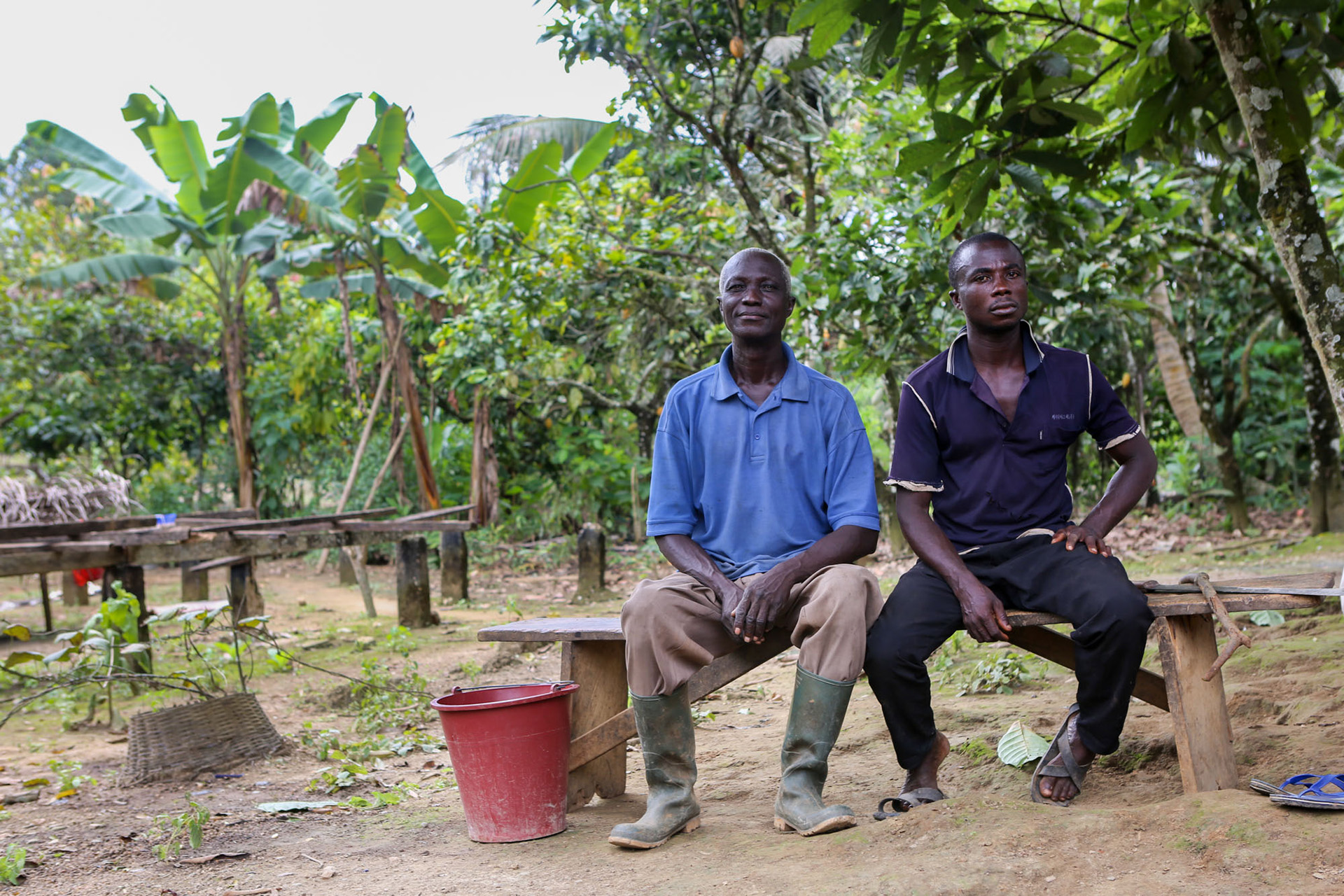- Benefit sharing arrangements have been used for decades to reward stakeholders for reducing emissions, managing land sustainably, and protecting ecosystems.
- Incentives can ensure project success and sustainability, but require careful consideration, especially for larger-scale programs.
- A newly launched suite of tools walks users through a step-by-step process for developing effective customized benefit sharing arrangements.
From Nepal to Brazil to Madagascar and Guatemala, the experiences of communities and stakeholder groups of all types are proving it is worth their while to participate in environmental programs. Rural farmers in Zambia are earning revenue for verified emissions reductions achieved through their forest conservation work. Villages in Indonesia are receiving technical assistance for the process of obtaining forest management rights for areas they help maintain sustainably.
Environmental incentive- and results-based programs often use benefit sharing arrangements to ensure that Indigenous Peoples, forest-dependent communities, and other stakeholders are fairly rewarded for their role in forest conservation and sustainable land management. Programs such as REDD+ (reducing emissions from deforestation and forest degradation) and Payment for Environmental Services (PES) have found that well targeted and managed incentives can fortify project success and sustainability. Achieving this winning combination requires careful consideration, especially for larger-scale programs working at the jurisdictional or national level.
Countries and development partners know the value of effective benefit sharing arrangements, but they are often underbudgeted in program development. These arrangements require significant time and resources across all phases of a program, and they are highly context-specific.
New resources and guidance
Programs can follow certain steps to develop customized benefit sharing arrangements that help achieve program objectives and promote equity and efficiency. An online platform, Designing Benefit Sharing Arrangements: A Resource for Countries, walks users through a step-by-step process that breaks benefit sharing down into seven distinct elements, supported by guiding questions, lessons learned, and case studies.
The platform is part of a suite of knowledge tools launched by the World Bank’s Forest Carbon Partnership Facility (FCPF) and the BioCarbon Fund Initiative for Sustainable Forest Landscapes (BioCF ISFL). Introduced in a recent webinar, the platform includes a guidance note on meeting FCPF and BioCF ISFL requirements for benefit sharing. An analysis, Benefit Sharing at Scale: Good Practices for Results-Based Land Use Programs authored by Conservation International examines the practical and operational approaches of 13 large-scale, long-term programs that involve benefit sharing or incentive allocation for forests, land use, natural resources, and climate change.
According to Judith Walcott, a safeguards specialist with the UN-REDD Programme, “These tools and resources, as well as increasing number of country experiences and lessons learned on this issue, are important to help guide and support countries as they access results-based climate finance, and look to ensure that benefits – financial and otherwise – are shared equitably and effectively.”
7 elements of benefit sharing arrangements
1) Benefit sharing arrangements start with a design process and consultations that engage a full range of stakeholders to ensure their needs and interests are addressed. It is critical to solidify early a mutual understanding of what the program aims to address (e.g., reducing emissions), the stakeholders who can play a role in the solution, and the incentives that can secure their participation.
2) Identifying beneficiaries requires careful analysis to determine who can directly contribute to the program and use benefits to sustain it, as well as identify groups that have historically managed land sustainably, such as Indigenous Peoples or customary rights holders. Participation requirements should be clearly defined and communicated.
3) The form of benefits to be shared must also be considered. Based on stakeholder preferences, expectations, and needs, incentives can be monetary and/or non-monetary, such as agricultural inputs like seeds or fertilizer, or training, equipment, infrastructure, and alternative livelihood development.
4 & 5) Benefit distribution approaches vary by program, as do the benefit sharing mechanisms through which benefits are channeled to communities, organizations, or individuals. Programs often provide different types or amounts of benefits to different stakeholder groups, reflecting their level of participation or preferences for incentives. Regardless of the approach used, it is important that stakeholders understand conditions for receiving benefits, especially the timeline, as benefits are not delivered until results are achieved and verified—in some cases, years in the future. To overcome any real or perceived power imbalances and to build ownership, transparency, and trust, programs often involve a multi-stakeholder platform or committee in benefit distribution and allocation decisions.
6) As programs move into implementation, monitoring and adaptative management go hand-in-hand. Not only does a clear, simple system for monitoring results help calculate benefits and foster transparency, it also helps teams keep tabs on what is working and what is not and adjust accordingly.
According to Joanna Durbin, who previously worked with Conservation International and was lead author of the Benefit Sharing at Scale report, “Something we saw in every case we examined was that programs started with one approach, but changed over time based on experience or evolving circumstances. It is important to enable change in the design, and to not hardwire too much in legal frameworks.”
For example, Costa Rica’s PES program increased program participation among the poorest, smallest farmers by broadening its land rights requirements to include stakeholders who could prove right of possession. Vietnam’s payment for forest environmental services program began piloting electronic payments to individual households once it saw advances in electronic banking could increase transparency and reduce the transaction costs of its multilevel payment system.
7) Across the board, communication is key to promoting the legitimacy of benefit sharing arrangements. Information on participation eligibility, consultations, decision-making, financial management, grievances, and results must be made publicly available on a consistent basis and in a variety of formats and languages to reach all stakeholder groups.
These seven elements of benefit sharing arrangements are useful for the development of environmental incentive and results-based programs, including in many UN-REDD Programme partner countries. Benefit sharing arrangements take time and effort, but when done right, they can deliver a triple win for people, programs, and the planet.

